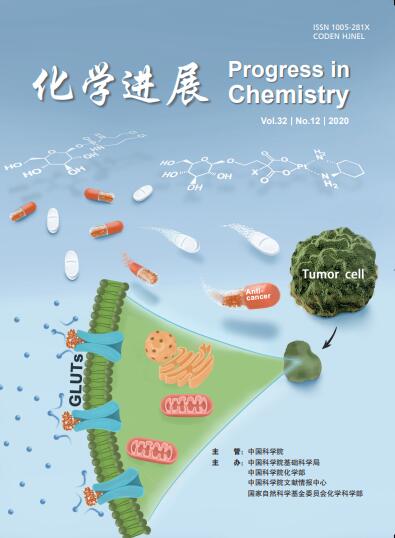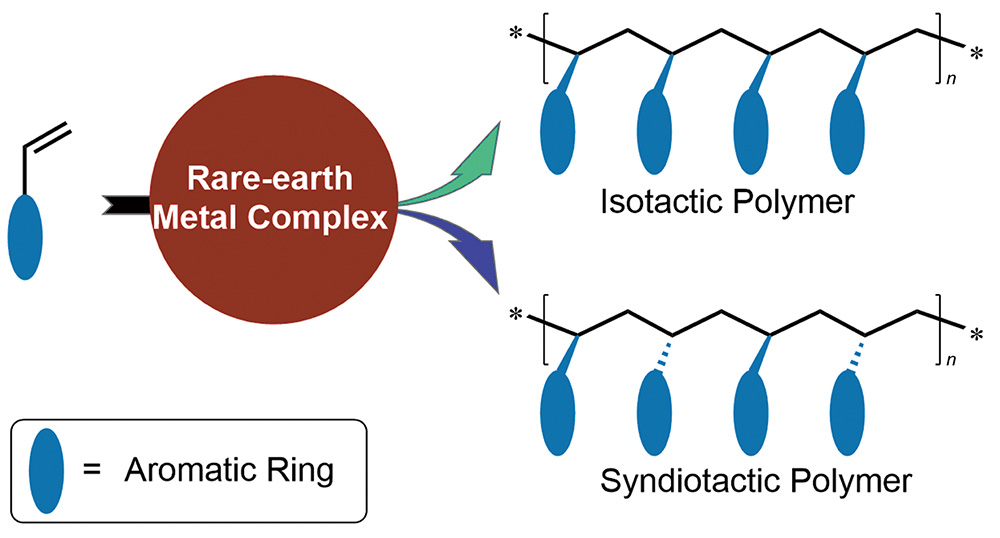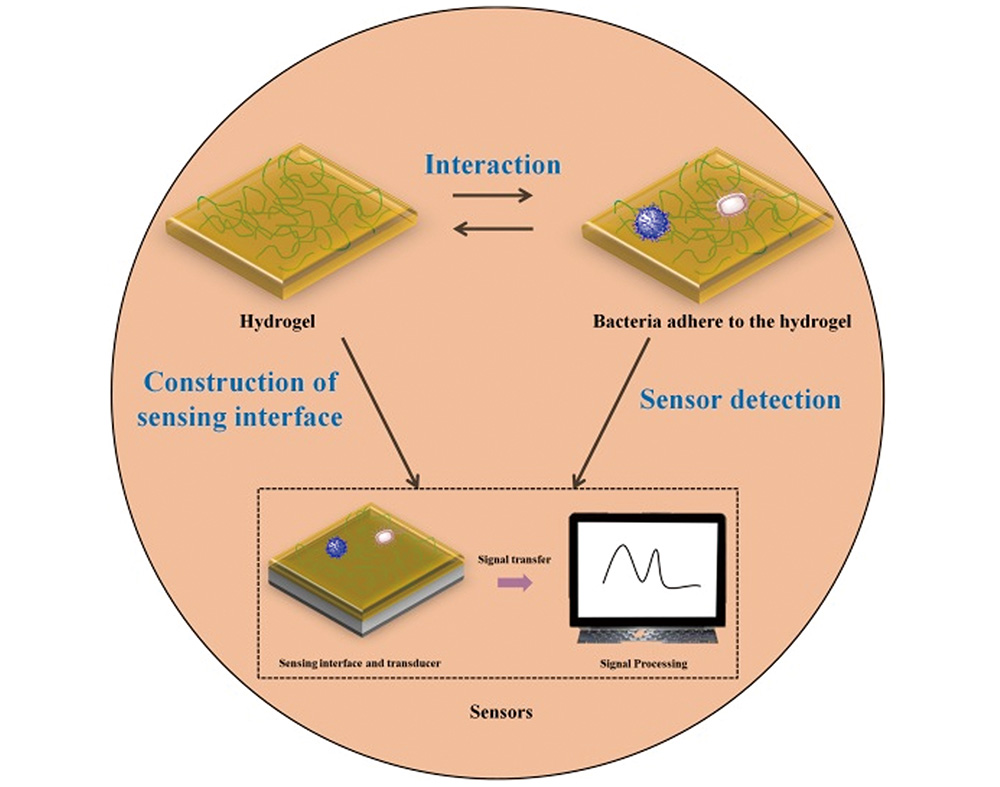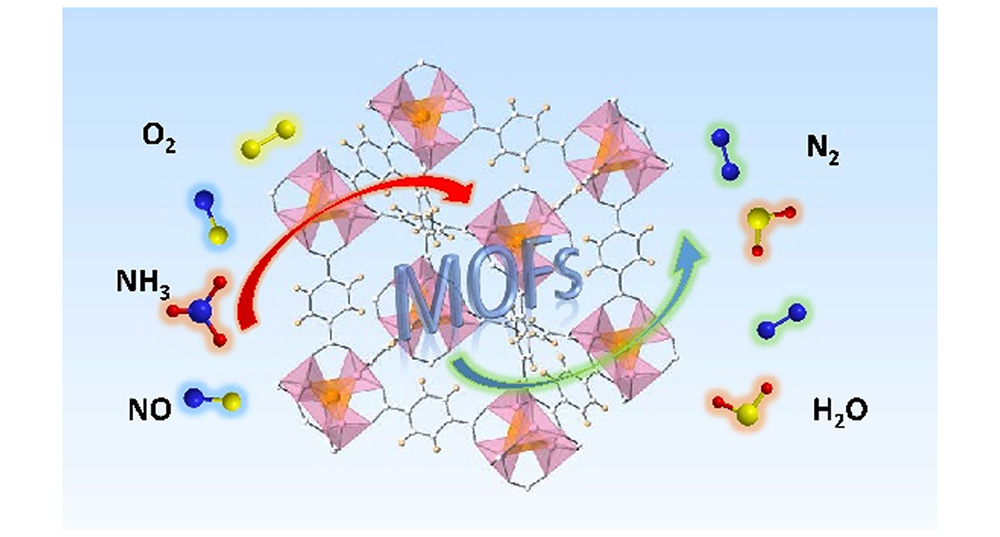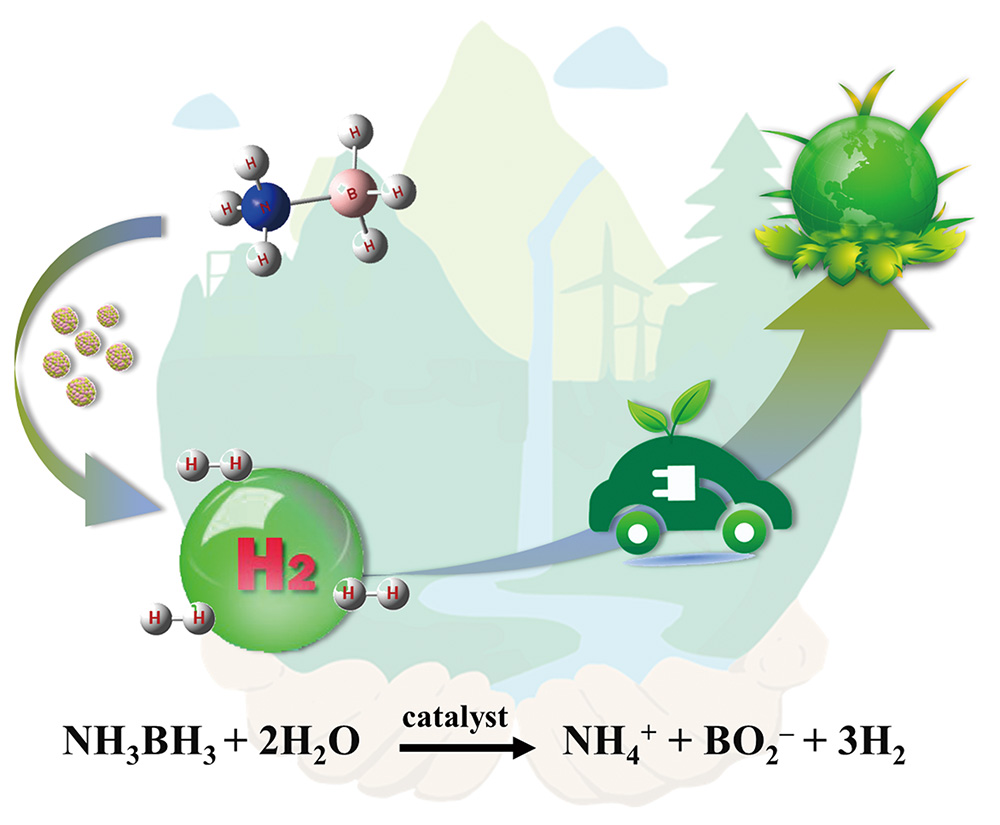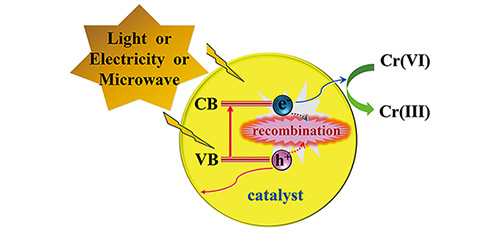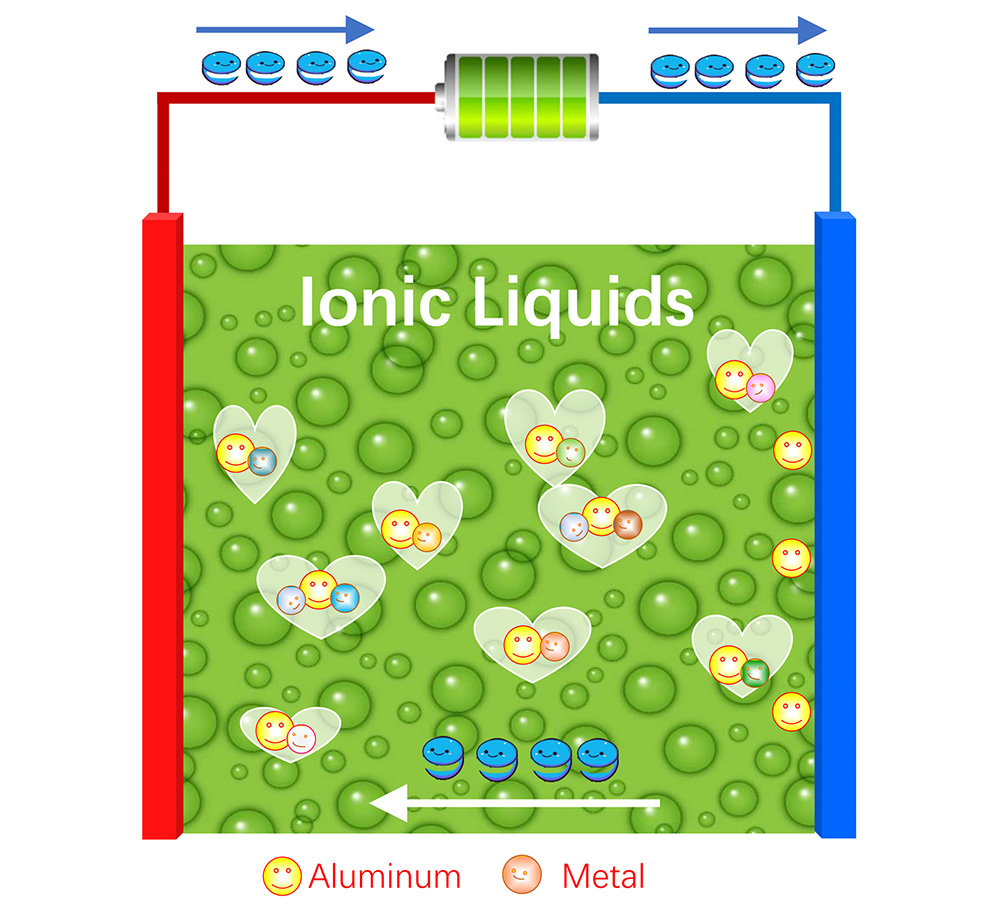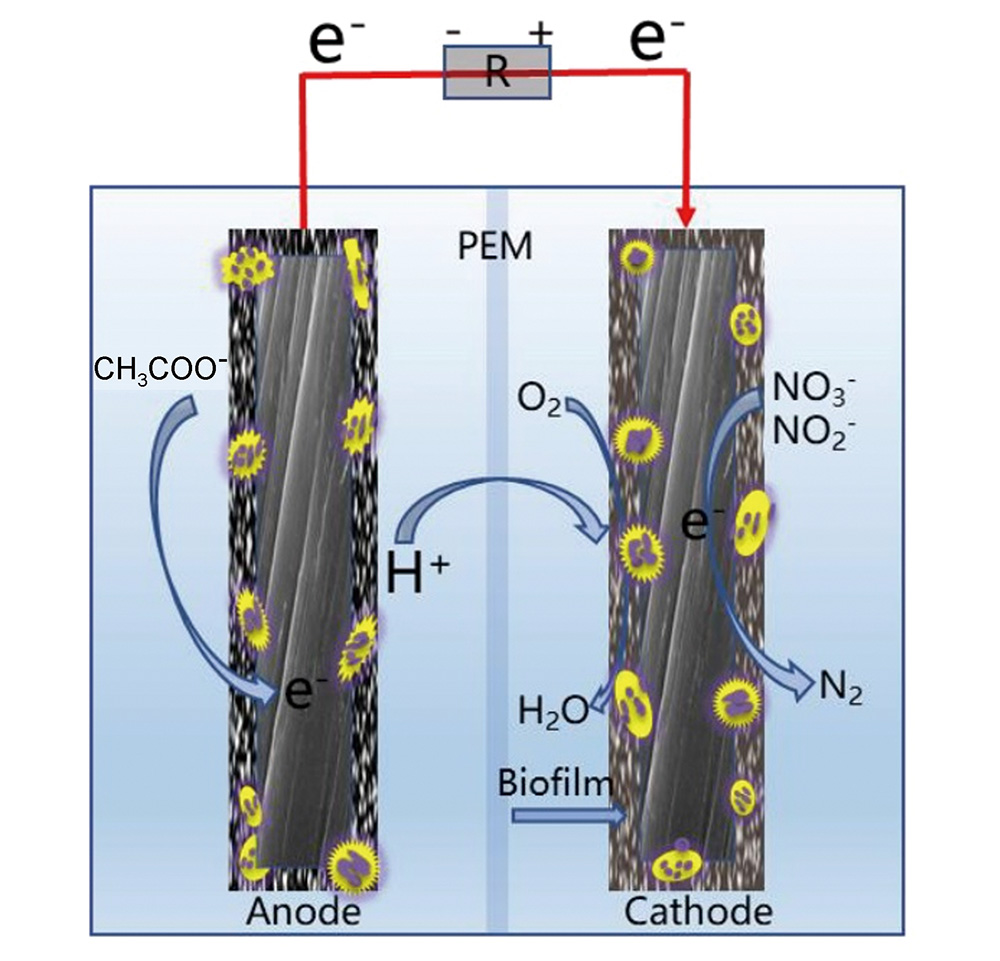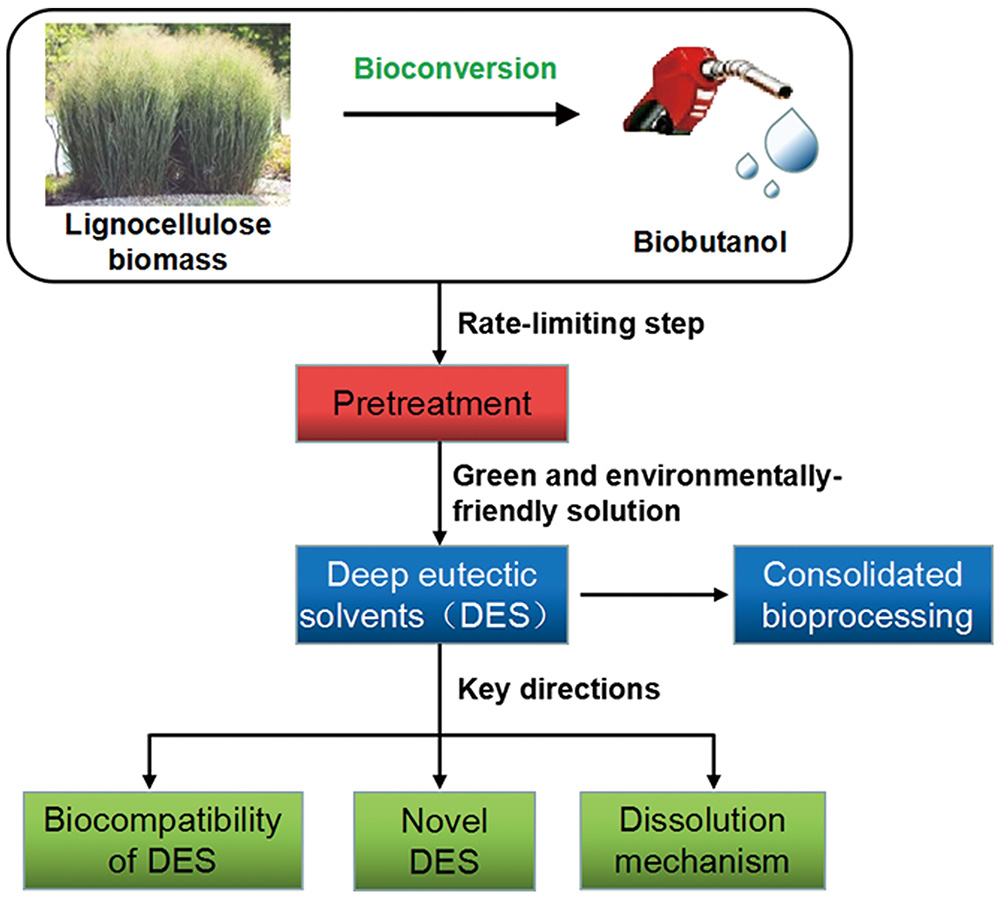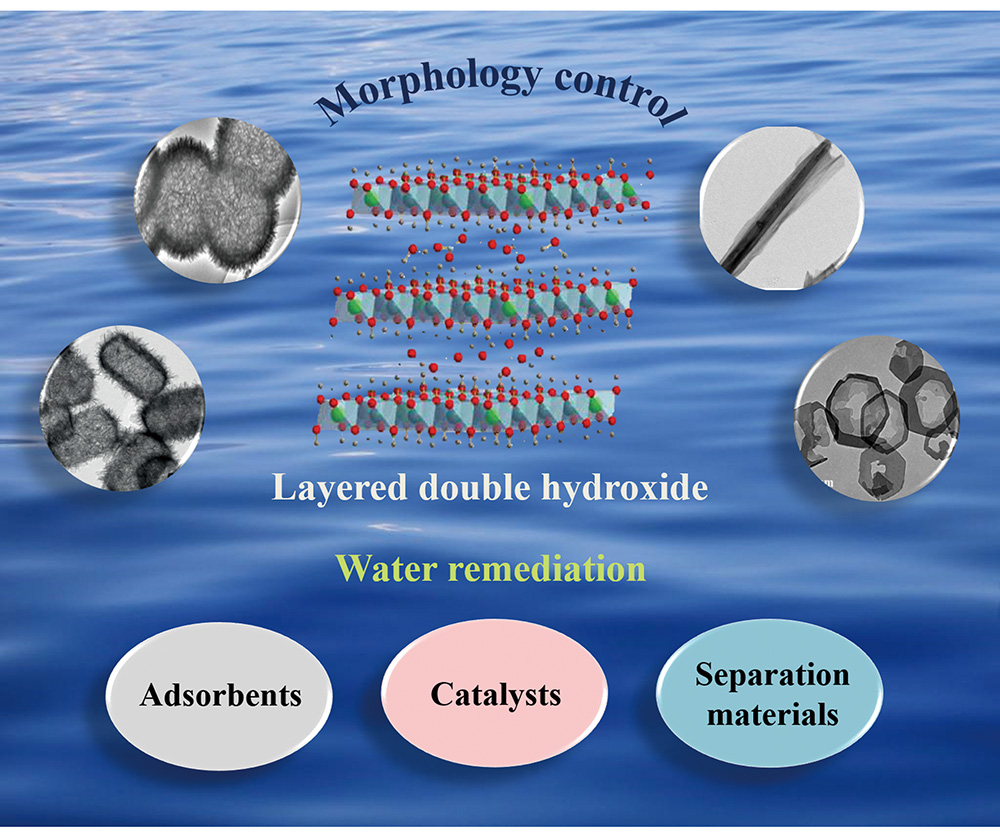It has been a long-standing research topic in the field of coordination polymerization to improve the stereoregularity of polymers because the stereoregularity has an important influence on the physical and mechanical properties. Over the past few decades, coordination polymerization has gained great achievement in the field of stereospecific polymerization of nonpolar monomers, such as α-olefins, styrene and conjugated dienes. However, the polyolefins suffer from poor surface properties and compatibility and are difficult to be post-functionalized due to their nonpolar nature and stable chemical properties. Therefore, it is of great significance to introduce polar group into the nonpolar polyolefins via stereoselective polymerization of polar monomers. In traditional coordination polymerization, the polar atom/group on the monomer is readily coordinated to the Lewis-acidic active metal center, consequently the catalyst systems lose stereo-control or even activity. Therefore, the combination of properly chosen ancillary ligand, metal center and polar monomers is of great significance for stereo-controlled polymerization of vinyl monomers. In recent years, a variety of rare-earth metal complexes have been exploited for the stereospecific polymerization of aromatic polar vinyl monomers, e.g. 2-vinyl pyridine, hetero-atom functionalized styrene and boraza(BN) aromatic vinyl monomer, and great breakthrough has been achieved on the stereoregularity control. These interesting results enrich the understanding of the polar atom/group in the coordination polymerization. Herein, the review focuses on the species of the aromatic polar monomers, summarizes the influence of the backbone structure, electronic effect, steric hindrance of the ancillary ligands, rare-earth metal, and solvent effect on polymerization activity and stereo-selectivity, and discusses the proper related polymerization mechanism.
Contents 1 Introduction
2 2-vinylpyride stereoselective polymerization
2.1 Bis(phenolate) rare-earth metal complexes
2.2 Amido and imino rare-earth metal complexes
2.3 Bis-metallic rare-earth complexes
2.4 Other rare-earth metal complexes
2.5 Proposed 2-VP polymerization mechanism
3 Heteroatom-containing styrene stereoselective polymerization
3.1 N-containing styrene polymerization
3.2 O/S-containing styrene polymerization
3.3 Halogen-containing styrene polymerization
3.4 Si-containing styrene polymerization
4 Boraza(BN) aromatic vinyl monomers polymerization
5 Conclusion and outlook





